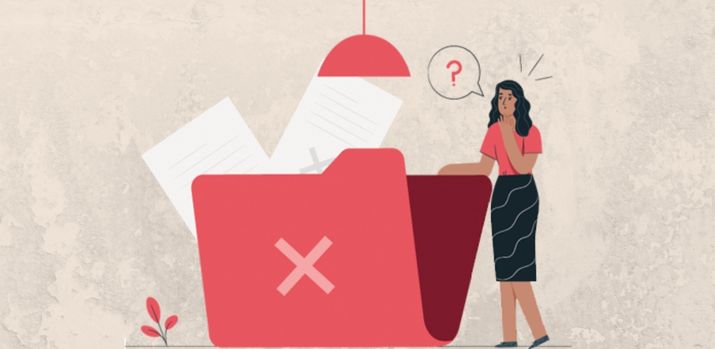The Complete On-Page SEO Checklist 2023
On-page SEO refers to the optimization of individual web pages in order to rank higher and earn more relevant traffic in search engines. The term “on-page” refers to both the content and HTML source code of a page that can be optimized, as opposed to off-page SEO which refers to links and other external signals.
One of the main goals of on-page SEO is to ensure that search engines are able to easily crawl and understand the content of a website. This involves optimizing both the technical and the content aspects of a website.
Here are some important on-page SEO factors:
Title tags and Meta descriptions
The title tag and Meta description are two of the most important on-page SEO elements. The title tag appears as the clickable link in the search results, while the Meta description is a brief summary of what the page is about.
Both of these elements should accurately reflect the content of the page and include relevant keywords.
Header tags
Header tags (H1, H2, H3, etc.) are used to structure the content on a page and to indicate the hierarchy of information. The H1 tag should be used for the main title of the page and the H2 tags for subheadings.
Proper use of header tags can help search engines understand the structure of the content and make it easier for users to scan the page.
Content
The content of a page is the most important factor for on-page SEO. The content should be high-quality, original, and relevant to the topic of the page. It should also include relevant keywords and phrases that match the user’s search query.
The content should be at least 300-500 words long and should be updated regularly to keep it fresh and relevant.
URL structure
The URL structure of a website should be organized, descriptive, and easy to understand. URLs should include relevant keywords and be easy to read both by users and search engines. It is also important to use hyphens to separate words in URLs instead of underscores.
Image optimization
Images can greatly enhance the user experience on a website, but they can also slow down the page loading time. To optimize images for on-page SEO, it is important to use descriptive file names and alt tags that accurately describe the image. Compressing images to reduce their file size can also help to improve page loading times.
Internal linking
Internal linking is the process of linking to other pages within the same website. This can help to improve the user experience and make it easier for search engines to crawl the website. It is important to use descriptive and relevant anchor text when linking to other pages within the website.
Mobile Optimization
With the increasing use of mobile devices to access the internet, it is essential that websites are optimized for mobile devices with Core Web Vital. This includes using a responsive design that adjusts to different screen sizes and ensuring that the content is easily readable on a small screen.
Page loading time
The speed at which a page load is an important factor for on-page SEO. Slow loading times can negatively impact the user experience and lead to higher bounce rates.
Optimizing images, minimizing the use of large files, and reducing the number of plugins to improve page loading times are important.
In conclusion, on-page SEO is an important aspect of search engine optimization that focuses on optimizing individual web pages to improve their ranking and visibility in search engines. By implementing the above on-page SEO factors.



